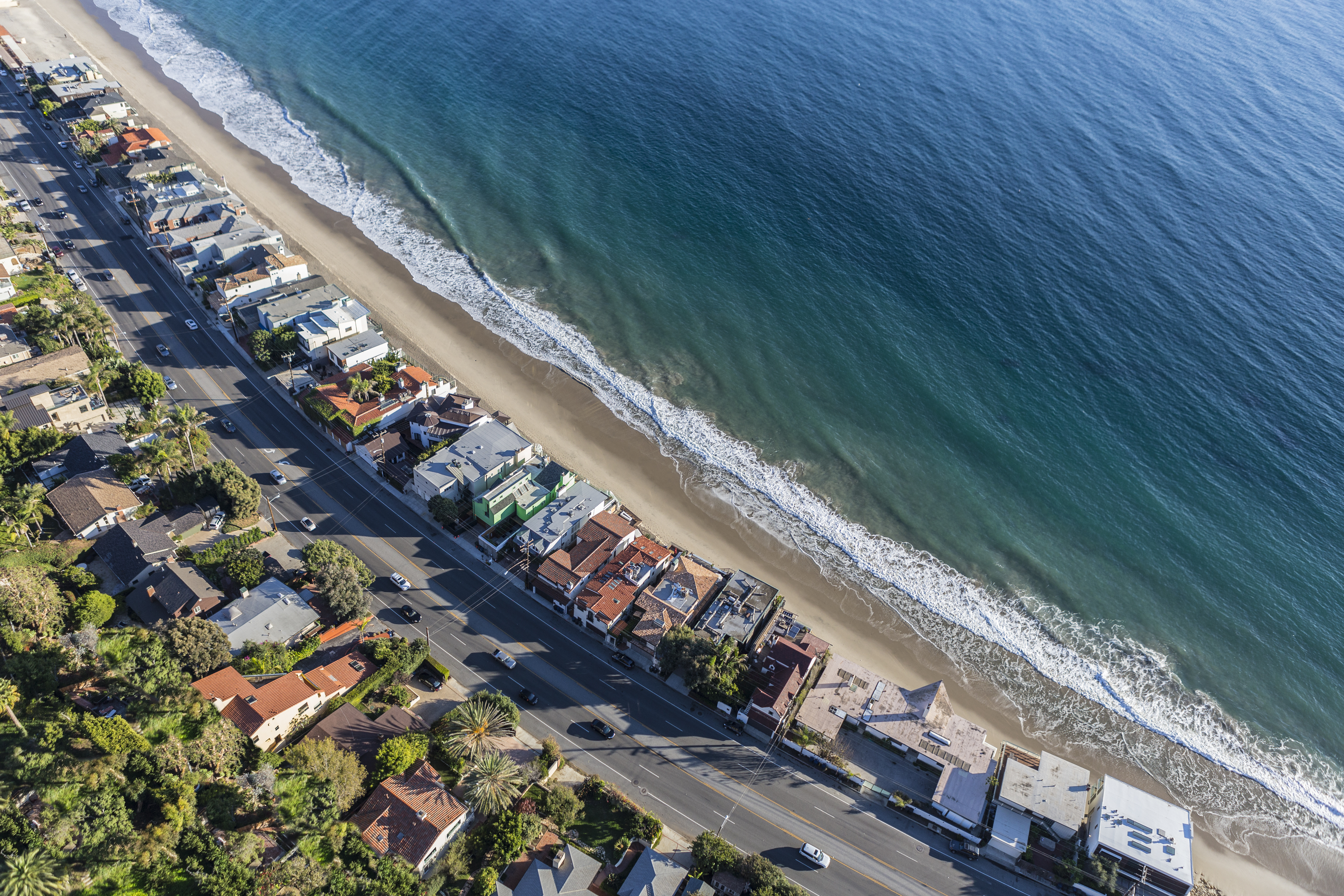 From scenic views to the sound of lapping water, owning a home on the coast is a dream for many home buyers. But the reality of building on U.S. shorelines isn’t quite as beautiful.
From scenic views to the sound of lapping water, owning a home on the coast is a dream for many home buyers. But the reality of building on U.S. shorelines isn’t quite as beautiful.
Demand for coastal homes has skyrocketed in the past few decades. Less than a ten years ago, 29 percent of the U.S. population lived in coastline counties. Today, four in 10 Americans live and work in coastal areas. Overall, the nation’s coastal population has grown by more than 40 million since the 1960s—despite the fact that rising sea levels are causing available shorelines to shrink.
Since coastal lands are a limited resource with many competing uses, the federal government regulates construction on any land that borders:
- Pacific Ocean
- Atlantic Ocean
- Great Lakes
- Navigable rivers
To help states manage these federally protected coastal lands, Congress enacted the Coastal Zone Management Act (CZMA) in 1972. The law provides “a framework for state management of the lands and waters of the nation’s coastal zone,” says the National Working Waterfront Network. So far, 34 states and territories have approved coastal management programs, which add an extra layer of laws and regulations for builders who want to erect homes on shoreline properties.
Home builders who are interested in coastal construction will need to untangle a complex web of state, local and federal regulations that:
Prioritize land use. Home buyers long to live on coastal lands. Commercial fisheries, shipping companies and other businesses depend on them for their livelihood. Tourists want access to their recreational opportunities. When determining what new construction is allowed on the nation’s limited shorelines, the CZMA requires states to give priority consideration to water-dependent uses such as industrial operations. However, each state has its own definition of what types of uses are water-dependent, water-related or water-enhanced.
Protect shorelines. Shorelines are constantly changing, and development has a profound effect on how those changes take shape. A single building alters the movement of wind, which can change where sand is carried, shift the movement of rainwater runoff, and negatively impact local ecosystems. To shield these areas from damage due to overdevelopment, state and federal regulations typically govern site density, minimum setbacks from the waterline, and the size and design of new construction. Some areas even regulate sight lines and other aesthetic considerations.
Minimize disaster damage. The escalating damage caused by storms and rising sea levels over the past decade have led to increased regulatory requirements for construction in coastal areas. More than 85 percent of jurisdictions in hurricane-prone areas have adopted wind-resistant building codes, while nearly half of flood-prone jurisdictions have adopted flood-resistant building codes. “Many jurisdictions now require geotechnical studies and certifications from design professionals for construction along the coastline,” says the Federal Emergency Management Agency. Additionally, more than 20,000 communities require plans for new construction in high-hazard coastal areas to be certified by a design professional.
Avoiding the pitfalls of coastal construction
Coastal lands can be enticing for builders and homeowners alike. Nationally, waterfront homes are worth more than twice as much as overall home values.
However, navigating the choppy waters of interlocking federal, state and local regulations can be complicated, and the stakes are high. The penalties for non-compliance—such as cease and desist orders, stop-work orders or even demands to tear down construction and restore the site to its previous condition—can come with an astronomical price tag. That’s why it’s crucial for builders to find out the scope and intensity of the state and local regulations they’re facing before starting on a coastal construction project.
As sea levels continue to rise and shorelines continue to erode, it’s important to also consider the resilience of coastal homes. Regulations aside, many buyers are demanding more storm- and flood-resistant buildings—like the Miami high-rise designed to withstand 300-mile-per-hour winds.
“Real estate agents looking to sell coastal properties usually focus on one thing: how close the home is to the water’s edge. But buyers are increasingly asking instead how far back it is from the waterline,” says the New York Times. “How many feet above sea level? Is it fortified against storm surges? Does it have emergency power and sump pumps?”
To determine the safety of both new and existing construction, many individuals and companies are seeking the help of consultants. Coastal Risk Consulting, for example, combines legal expertise with climate impact modeling technology to help create risk analyses that can guide builders toward creating more resilient homes. The firm draws upon data from the National Oceanic and Atmospheric Administration, the Federal Emergency Management Agency, the National Flood Insurance Program, the U.S. Army Corps of Engineers and other geographic information systems to assess the vulnerability of properties.
Because today’s buyers are acutely aware of the dangers of coastal living, builders must clearly communicate what coverage is offered through their home builder’s warranty which provides structural coverage, but does not typically cover acts of God. Shoreline property owners may need to seek out additional homeowners insurance, flood insurance or windstorm coverage, etc., to receive the highest level of assurance in their home.




